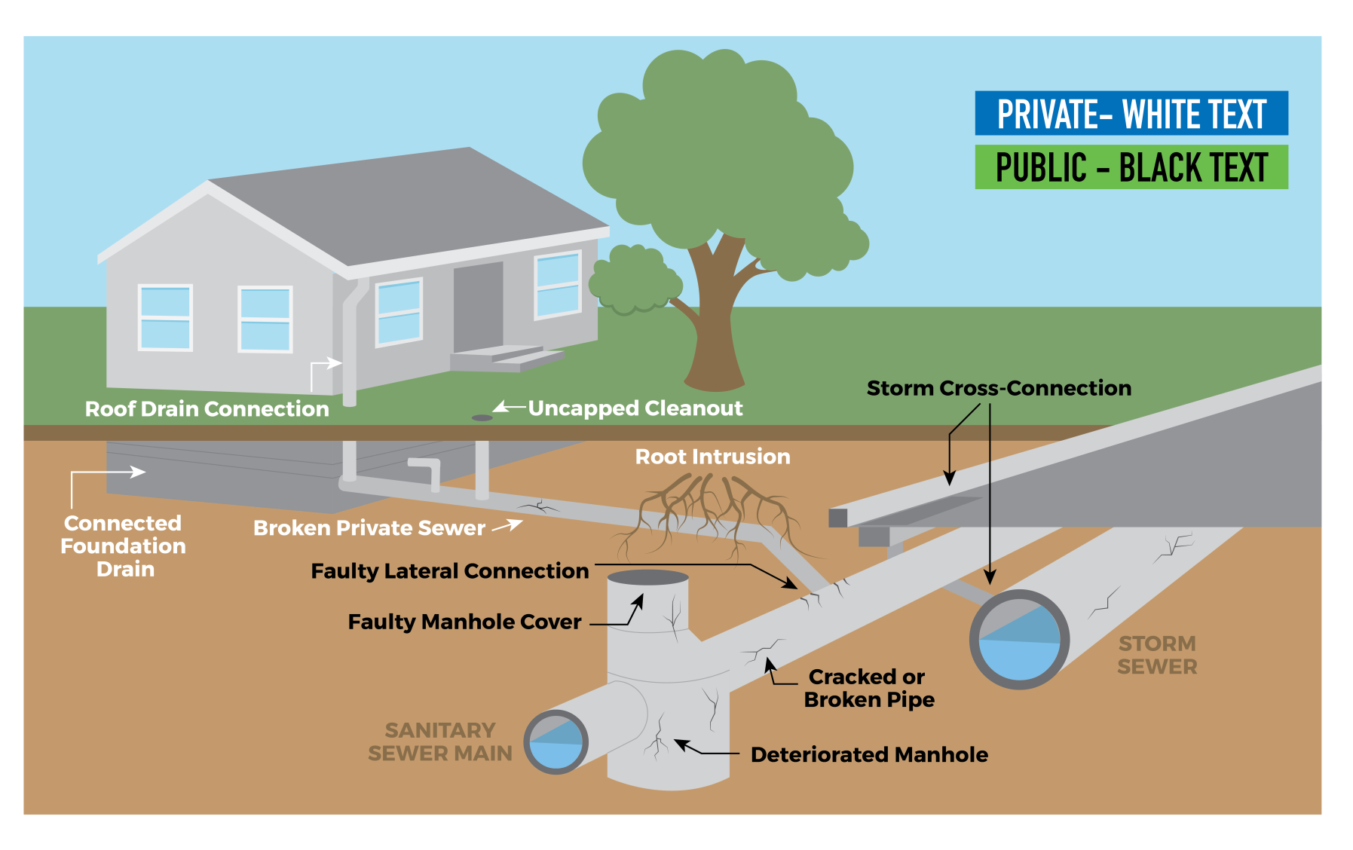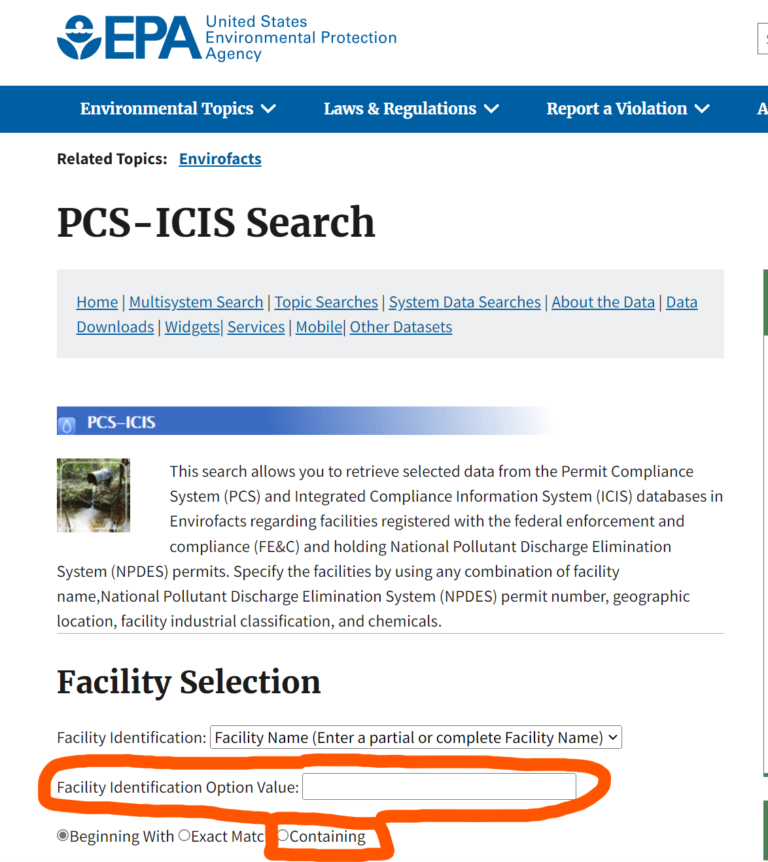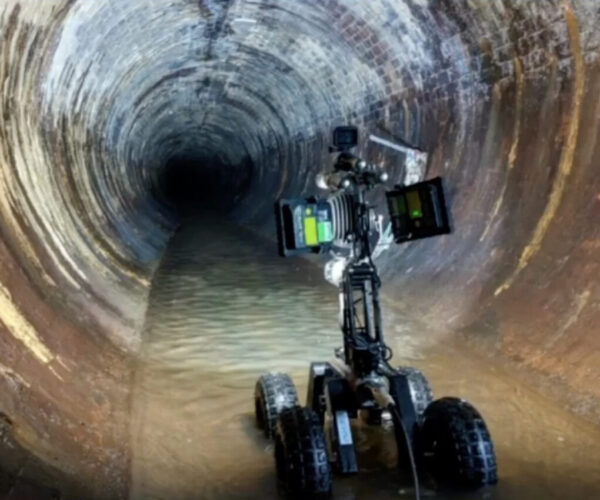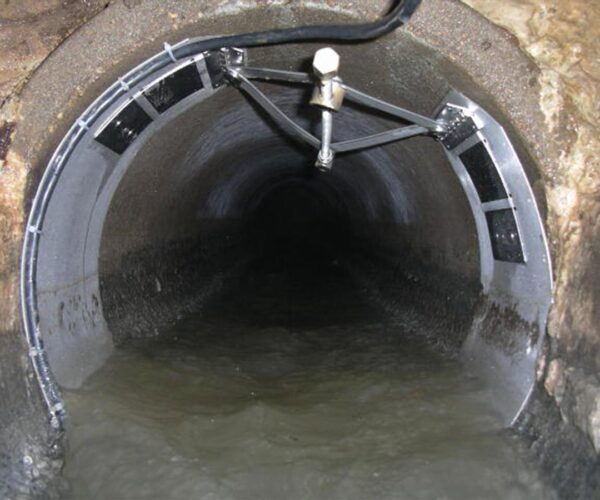Here are key take aways from Episode 11 of Engineering for Communities Live Show Webinar How Inflow and Infiltration Impacts Your Collection System and Wastewater Treatment Plant | EP 11.
Understanding Inflow and Infiltration (I&I)
Inflow and Infiltration (I&I) is a critical factor that impacts wastewater collection systems and wastewater treatment plants. Simply put, I&I refers to stormwater and groundwater that unintentionally enters the sewer system. This usually happens via illegal connections, cross connections, foundation drains, roof drains, broken lines, unsealed manholes, or root infiltration.

Why Should You Care About I&I?
Uncontrolled I&I can lead to several undesirable consequences, such as:
- Increased Operational Costs: Treating additional stormwater that shouldn’t be in the wastewater system results in unnecessary costs.
- Possible Infrastructure Failure: Frequent I&I could signify a larger issue within your collection system, potentially setting you up for a major failure down the road.
- Premature Wastewater Treatment Plant Upgrades: Higher volumes of water entering your system might lead to the early need for plant expansions, a costly and time-consuming process.
Regulatory Considerations
Regulatory agencies usually mandate planning and construction for plant expansion once the system reaches 75% to 90% of its permitted capacity for a specific period. It’s essential to be aware of these guidelines to avoid potential penalties and interruptions in service.
Identifying and Quantifying I&I
The EPA offers a tool to track the average daily flow for each month. With this tool, you can monitor your plant’s effluent and quickly spot when you’re nearing your permitted limit.

Methods for Testing Your Wastewater Collection System
- Flow Monitoring: This can help you quantify how much I&I you have in certain sections of your system.
- Manhole Inspections: This method is a great way to find direct problems within your system, like cracks and other defects.
- Smoke Testing: A relatively cost-effective approach, smoke testing can highlight areas where infiltration is occurring.
- Dye Testing: This method helps detect cross-connections between stormwater and sanitary sewer systems.
- CCTV Inspection: This is the gold standard, allowing for precise identification of system issues.

The Importance of Master Planning
Effective management of I&I requires strategic master planning. Modern tools like CCTV data, when combined with traditional methods like smoke testing, provide valuable data that can help identify problem areas, justify funding requests, and prioritize repairs.
This long-term perspective on system health can lead to significant cost savings and better community service.
Remember, having a 30-year lookout isn’t about fixing all problems today, but about understanding, planning, and methodically addressing the issues with a clear understanding of their impact on your system.

About Engineers for Communities
We are here to allow smaller disadvantaged communities in Colorado, Texas, and other states to connect on topics such as water, wastewater, city project planning, government funding, and everything in between.
On the LIVE Engineers for Communities show, you’ll learn the hard-fought lessons from the front lines earned by various community leaders who have already had their teeth bashed in and lived to talk about it. We’ll share the tips, tricks, mindsets, and frameworks that allow great communities to preserve. Register to attend the live show, ask questions, and level up. It’s every selected Thursday starting at 12:00PM MT.
